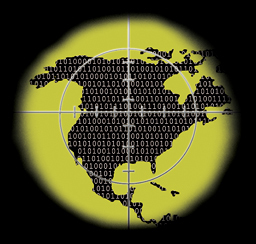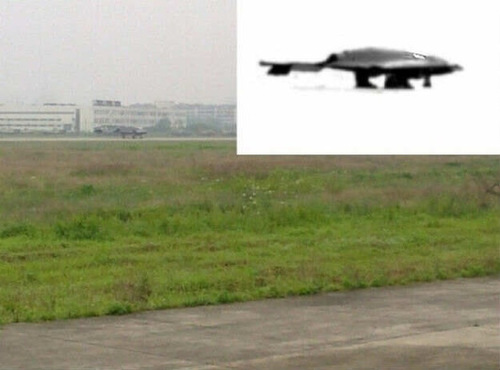Good day from AusCERT –
The latest Cyber Conflict news out the People’s Republic of China is very curious indeed and firmly supports the fact that Chinese State Sponsored hackers are targeting other international governments – including intelligence, military, and political objectives…
Earlier today here in Asia the alleged Chinese People’s Liberation Army (PLA) hacking unit of PuDong neighborhood in the City of Shanghai has resumed cyber targeting see the Foreign Policy article (http://www.foreignpolicy.com/node/1426054)…and yet today the People’s Republic of China demonstrated a new form of Internet Control for disaffected bloggers who disagree with the Communist Party of China (CPC)…death – you can see the story here; http://www.foreignpolicy.com/node/1426054.
Remember that with the Golden Shield Project (colloquially known as the Great Firewall of China), a Chinese State Sponsored DNS cache poisoning policy, the Internet the Western world enjoys is not what the average Chinese experiences in the People’s Republic of China…So, with the renewed Chinese hacking someone in Beijing must have approved certain Chinese state sponsored hacking activity through the Great Firewall of China…otherwise why would the CPC be putting to death those Chinese bloggers who would challenge the legitimacy of the current Chinese political regime? Hmmm….




